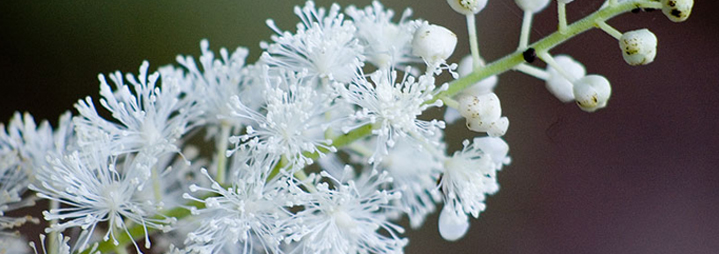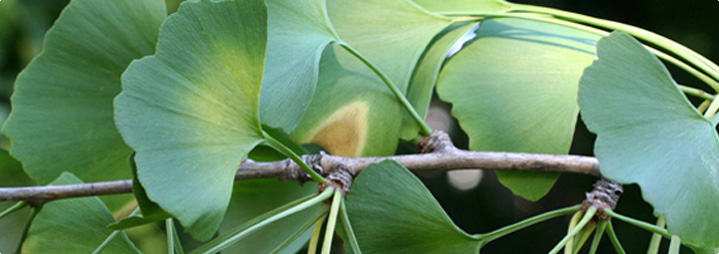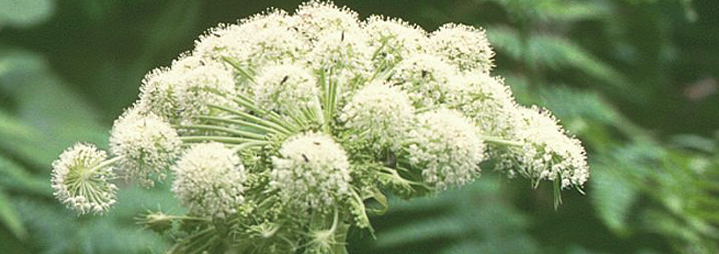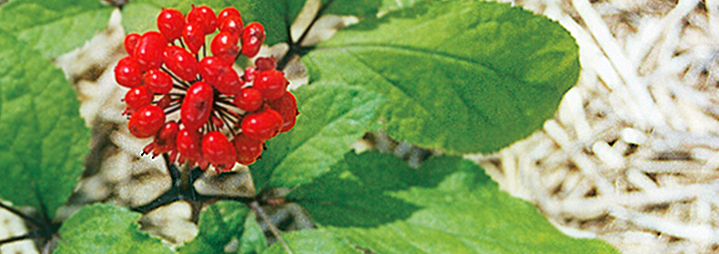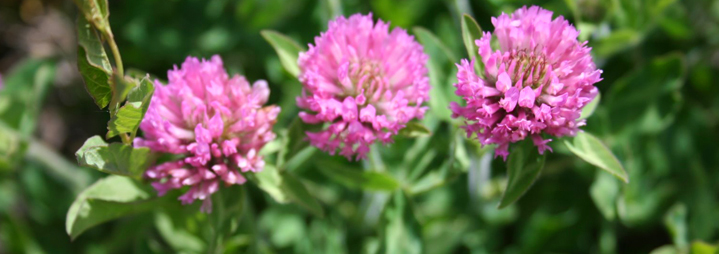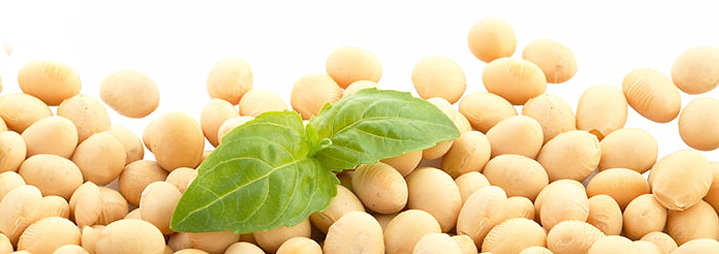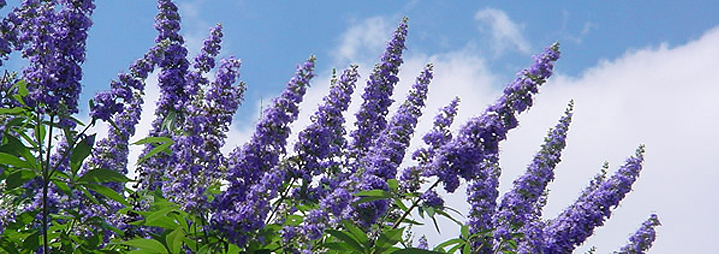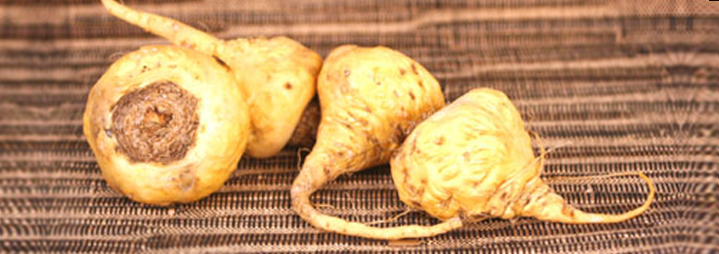Soy Isoflavones
What is soy?
 In order to understand what the isoflavones in soy are and what affect they have on the human body it is first necessary to briefly describe what soy is. Soy is a chemical component which comes from the soy bean. It contains a great deal of fiber, proteins, and minerals and is also low in carbohydrates. Such a healthy chemical makeup makes soy a healthy food alternative for someone seeking to stay fit and healthy. Soy isoflavones also make it well equipped to combat the symptoms of menopause.
In order to understand what the isoflavones in soy are and what affect they have on the human body it is first necessary to briefly describe what soy is. Soy is a chemical component which comes from the soy bean. It contains a great deal of fiber, proteins, and minerals and is also low in carbohydrates. Such a healthy chemical makeup makes soy a healthy food alternative for someone seeking to stay fit and healthy. Soy isoflavones also make it well equipped to combat the symptoms of menopause.
What is in soy?
History of soy isoflavones
In the past soy was used as medicine and a source of protein. The oils found in soy were later utilized for manufacturing purposes during the industrial age. Soy then began to be used as animal feed before its protein rich benefits became to be used by humans.
Soy has long been used by humans as a source of protein and minerals, because such components are critical to the maintenance of a healthy human body. Soy isoflavones and its phytoestrogenic properties are the primary reasons that soy excels in the treatment of menopause symptoms.
What is menopause?
Soy for menopause alone?
Soy for menopause isn't the only phytoestrogenic herb that excels at treating women with a hormonal problem. Other phytoestrogenic herbs such as ginseng and red clover are also used to treat menopause symptoms.
Soy isoflavones are sought after by women who are suffering the effects of a hormone imbalance. Such an imbalance is the natural occurrence of menopause symptoms. Menopause occurs in a later stage of women's life, usually after the age of 40. When important hormones such as estrogen and progesterone become imbalanced it can create a number of side effects in women. Soy isoflavones have been found capable of helping women with their menopause symptoms.
Soy isoflavones
The organic compounds known as isoflavones have a number of health benefits which interact in different beneficial ways. Soy isoflavones can be found in a number of foods and in addition to being an anti-oxidantants they also:
Fractures/osteoporosis: So isoflavones are capable of increasing the flow of calcium from blood into the bones, increasing their overall strength and well being.
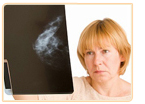 Menopause problems: Soy isoflavones have been found capable of fighting menopause symptoms such as: Hot flashes and night sweats.
Menopause problems: Soy isoflavones have been found capable of fighting menopause symptoms such as: Hot flashes and night sweats.
Cancer: Soy isoflavones have been found capable of attaching estrogen receptors in human bodies and block estrogen from attaching. This has been found to stop cancerous cells from forming on vulnerable areas of the body such as the prostate, breast and bladder.
Due to the obvious benefits of the red clover plant many women choose this as an option in order to curb the dangerous and debilitating effects of their menopause symptoms. Some of these side effects are negligible, but often times the red clover plants effects do not make its benefits worthwhile. Due to the side effect of such herbs, it is highly recommended that other options such as non-estrogenic herbs are considered in the treatment of menopause symptoms.









